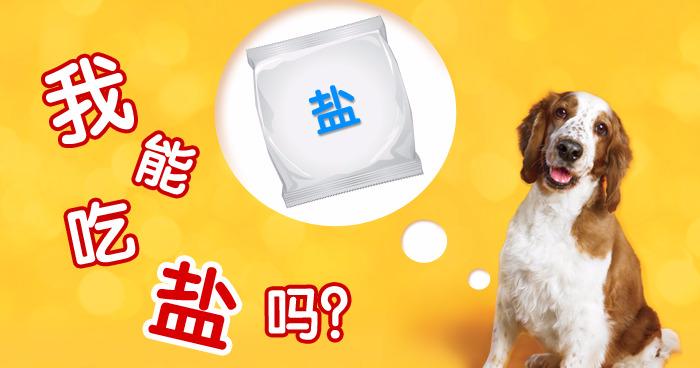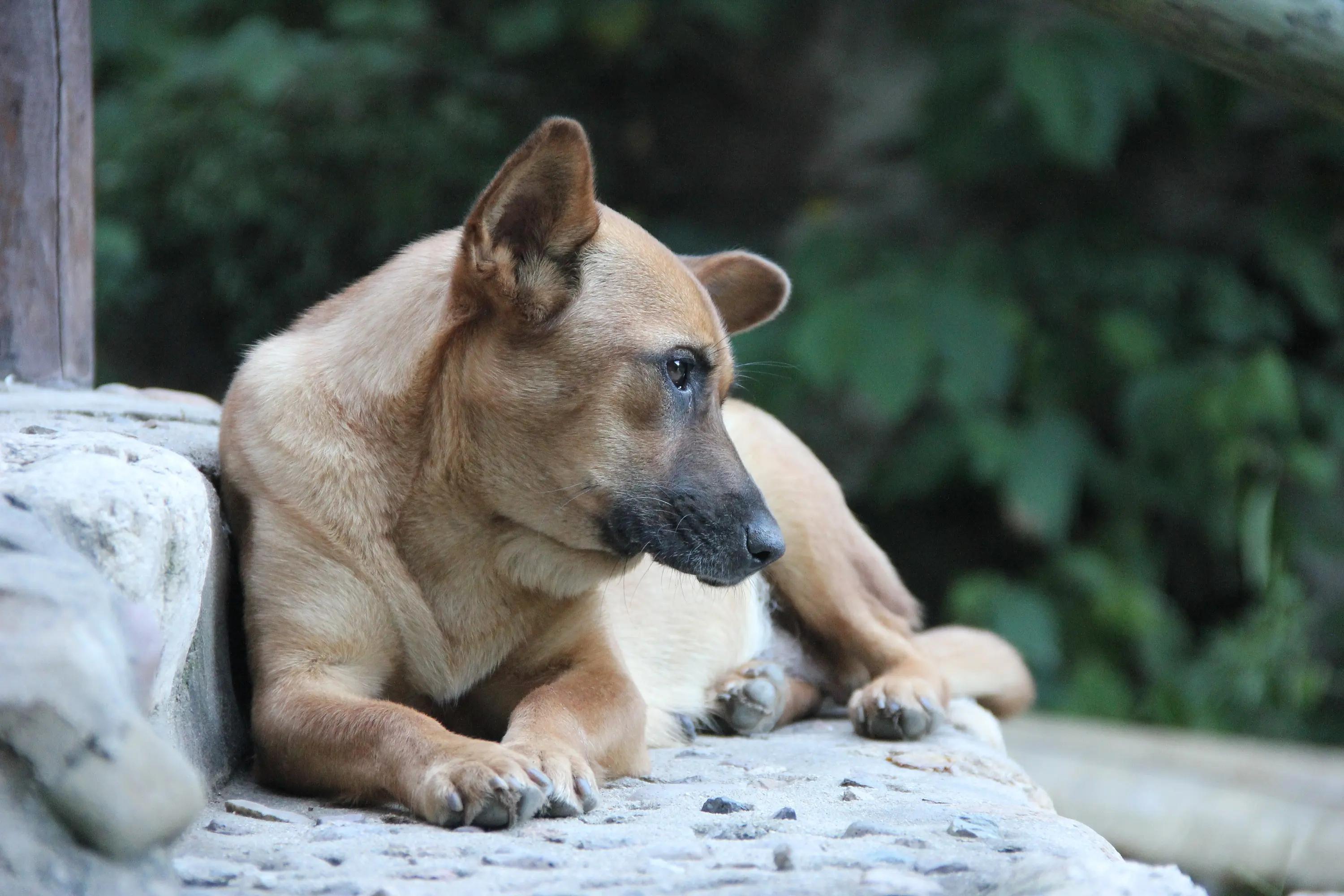Dog Salt Intake: Health Risks & Safe Amounts
Can Dogs Eat Salt? Understanding Safe Salt Intake for Dogs
Many dog owners wonder whether their pets can eat salt. The answer is yes—but salt intake for dogs must be carefully controlled. Commercial dog food already contains salt, so adding salty human food or low-quality kibble with excessive sodium can harm your pet.
How Much Salt Do Dogs Need?
Scientific studies show dogs require only 1/5 of the salt humans need daily. The exact amount depends on their weight:
- 0.4–0.7 mg of salt per kilogram of body weight per day.
This means a 10 kg dog needs just 4–7 mg of salt daily. Avoid feeding salty snacks or table scraps, as even small amounts can exceed safe limits.
7 Dangers of Excessive Salt for Dogs
1. Poor Coat Health
Too much salt causes dry fur, excessive shedding, and dullness. Even breeds with minimal shedding may lose hair if their diet is too salty.
2. Kidney Strain
Dogs process salt through their paws and tongue. Excess sodium builds up in kidneys, leading to chronic kidney issues or even failure over time.
3. Bladder Problems
High salt intake forces dogs to drink more water, irritating the bladder. This can cause bladder stones or infections. Products like 牵贝泌康牛肉锭 may help manage urinary health by reducing inflammation and supporting detoxification.
4. Heart Issues
Salt’s sodium content raises blood pressure, increasing heart workload. Over time, this weakens heart function in dogs.
5. Tear Stains
Salty diets trigger excessive tearing, leading to persistent tear stains around the eyes. This not only looks unsightly but may cause skin irritation.
6. Skin Conditions
Excessive shedding exposes skin to irritants like insects or sunlight, raising the risk of infections or allergies.
7. Picky Eating
Dogs fed salty foods often reject bland-but-healthy meals, creating long-term feeding challenges.
How to Manage Your Dog’s Salt Intake
- Choose high-quality dog food with balanced sodium levels.
- Avoid sharing salty human snacks.
- Provide fresh water to help flush excess salt.
- Monitor for symptoms like thirst, lethargy, or skin changes.
Final Thoughts
While salt intake for dogs is necessary in tiny amounts, overdoing it risks serious health issues. Stick to vet-approved diets and avoid unnecessary additives. By prioritizing low-sodium nutrition, you’ll help your dog stay active, healthy, and happy for years to come.














